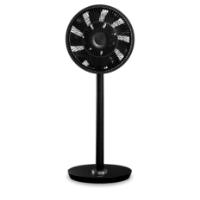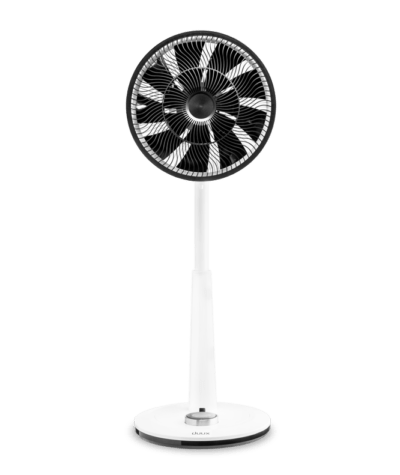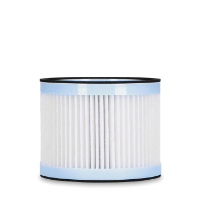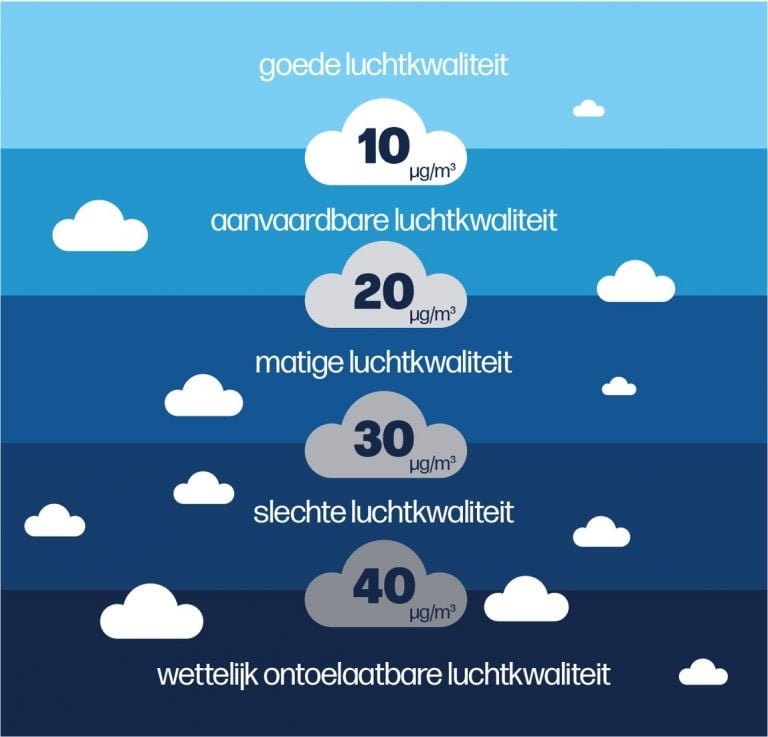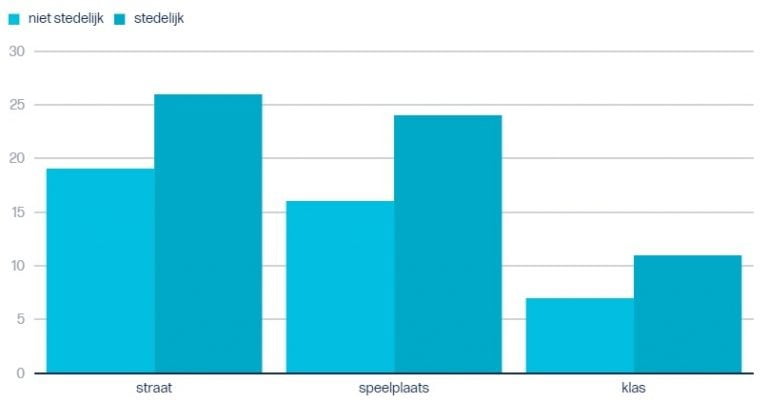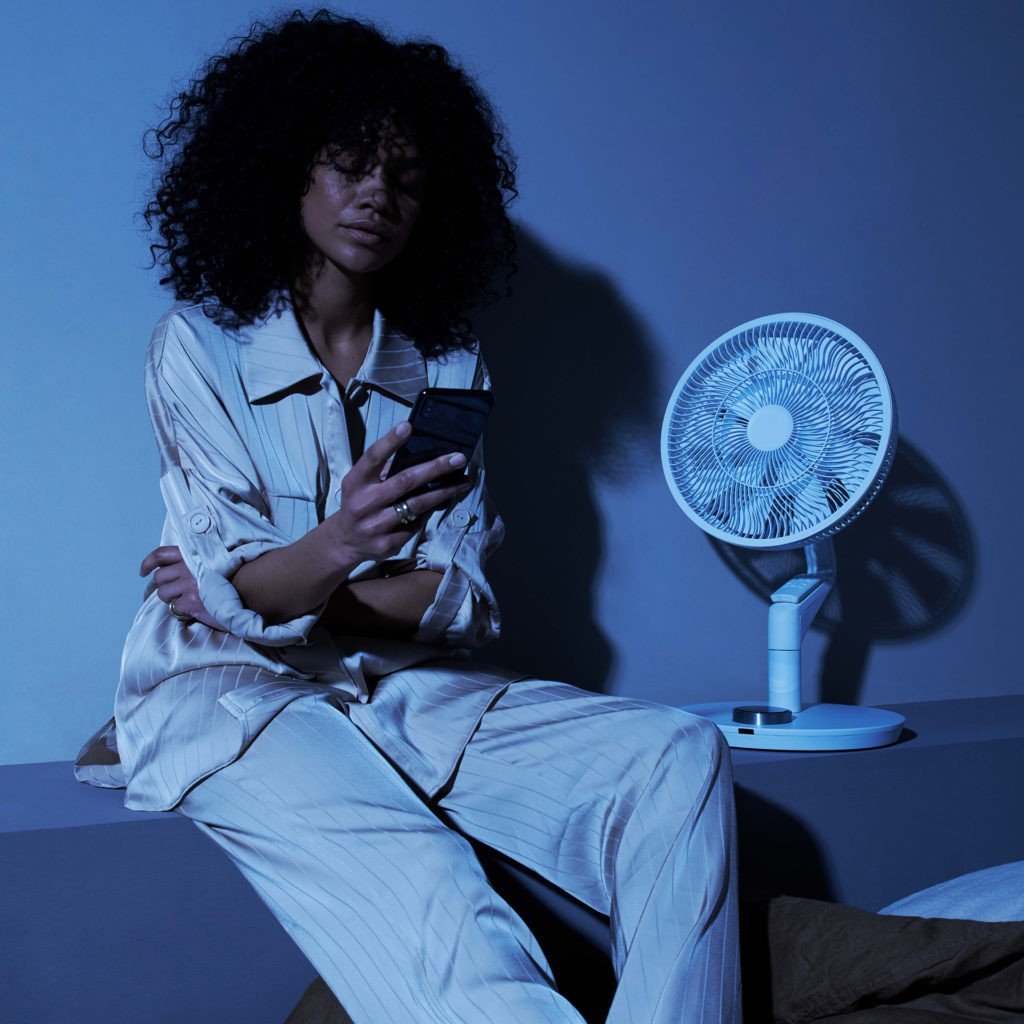Greenpeace: poor air quality at 6 in 10 Belgian schools.
Greenpeace's "My air, my school" survey shows that the air quality in too many elementary school is worrisome or downright poor. Of the 222 Belgian schools that voluntarily participated in the study, barely seven schools recorded good air quality. At 76 schools, the air children breathe is still acceptable, but at the remaining 143 schools surveyed, the air at the school gate is unhealthy for the children. This is also confirmed by Joeri Thijs of Greenpeace. Due to higher exhaust emissions, the concentration of nitrogen dioxide is also 13 percent higher during school hours than the annual average values.
Between mid-November and mid-December 2017, four weeks in total, all participating schools measured nitrogen dioxide in the air, each time in three locations: at the school gate, in the playground and in the classroom. At those three locations, tubes were hung, so-called "passive samplers," a reliable measurement method that has already proven itself in practice in many countries. Nitrogen dioxide is an important indicator of air pollution, caused by diesel emissions in particular.
The 222 Belgian schools participated in the survey on the basis of interest, without further selection. It is therefore of little use to make comparisons between different regions or provinces based on the measurement results.
Of the participating schools, 64 percent were from Flanders, 17 percent from Brussels and 19 percent from Wallonia. The report does not include individual school results, but each participating school received measurement results and personalized recommendations.
The concentration of nitrogen dioxide is expressed in micrograms per cubic meter (μg/m³). The European limit is 40 micrograms per cubic meter, but because epidemiological studies show that there are health effects even at lower concentrations, and because this study involves children, Greenpeace considers a maximum limit of 20 micrograms of nitrogen dioxide per cubic meter.
Annual average emissions of NO2
"Children are more vulnerable and much more susceptible to the negative health effects of air pollution because their bodies are still developing," said Joeri Thijs. "Because they are smaller, they also breathe proportionally more unhealthy air than an adult."
"Children are especially vulnerable to air pollution"
"Children who are thus more likely to be in unhealthy environments are more likely to suffer from asthma, allergies, lung infections and cancer, among others. Air pollution in the classroom additionally leads to more learning disabilities and concentration problems."
Only at seven schools good outdoor air quality
Because the European limit values for nitrogen dioxide are based on an annual average, the measurement results from November and December last year were also converted to annual average values.
At 29 schools, that concentration is between 30 μg/m3 and 40 μg/m3, which still represents high exposure to poor air quality. Moderate air quality was measured at 101 schools, and acceptable air quality at 76 schools. Good outdoor air quality was measured at only seven schools.
In more than half of the schools, playground concentrations are too high: between 20 μg/m3 and 40 μg/m3. These concentrations are too high values for a playground because playing children are more active and breathe more intensely.
The concentration of nitrogen dioxide in the classroom is often relatively low, even when the values at the school gate and playground are quite high. This has everything to do with the ventilation system.
More pollution during school hours
Annual average values are, of course, much less representative of different times of day: nitrogen dioxide values in the school environment are much lower on weekends and at night because there is less traffic then. But children are at school between, say, 8:30 am and 4 pm.
Based on annual average nitrogen dioxide concentrations from 68 official monitoring stations, Greenpeace calculated the concentration of nitrogen dioxide children are exposed to during school hours. And what turns out? During school hours, the concentration is 13 percent higher.
Effect of the ventilation system
Some schools work with a mechanical ventilation system, which means "forced" ventilation. Schools without such a mechanical ventilation system ventilate naturally, such as by opening windows or doors.
Greenpeace has found that the concentration of nitrogen dioxide in classrooms is higher with mechanical ventilation. This effect is most apparent in schools in urban environments, where the nitrogen dioxide concentration in the outside air is already quite high. Continuous refreshment with the same polluted outside air increases the nitrogen dioxide concentration in the classroom even though ventilation is used.
"Schools face a dilemma here," says Joeri Thijs. "Because ventilating less does not always mean that classroom air quality improves. Ventilation in the classroom remains important to remove the carbon dioxide exhaled by teacher and students. Too high CO2 levels can lead to loss of concentration."
Rural versus urban
Of the 222 schools surveyed, 119 schools are in urban areas, and 103 schools are in non-urban areas. The concentration of nitrogen dioxide is significantly higher in urban areas than in schools in a rural area.
The full report of the "My Air, My School" survey and also the list of participating schools can be found on Greenpeace's website.
Source: VRT.be

